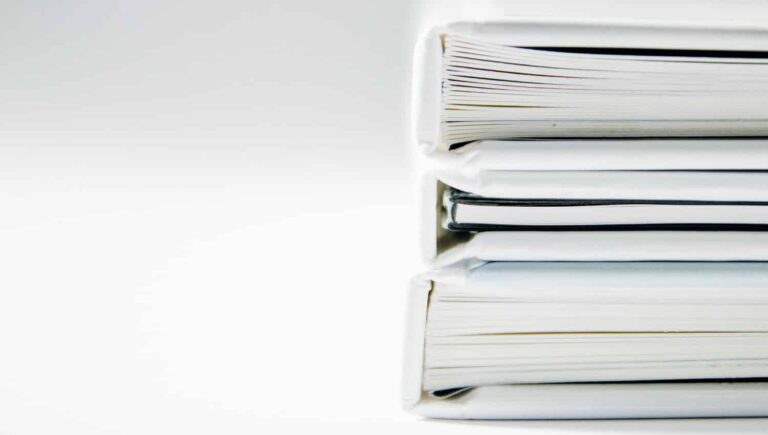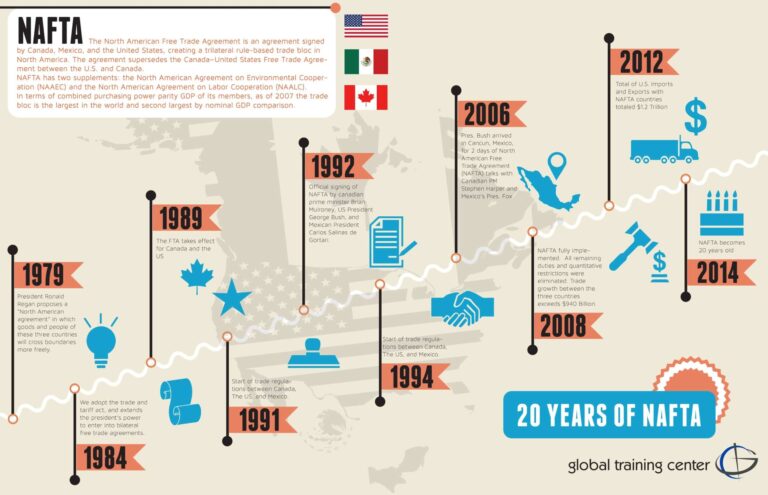How to Classify Under the EAR: Top 5 Tips
The Commerce Control List (CCL) under the U.S. Department of Commerce’s Export Administration Regulations (EAR), can be challenging to wrap one’s arms around. For those just starting to address export control compliance, the vastness and scientific nature of the export control classification numbers (ECCNs) on the CCL are daunting.
The ongoing Export Control Reform effort has added further classification requirements to digest. These EAR classification tips can help guide research and development organizations that are seeking to develop a sustainable business process for classifying their products, equipment, software, and technologies.
1. Single system: Establish a single, electronic system of record that key personnel will utilize to store and access the ECCNs. Depending on the size and nature of the organization, the “system of record” can be a data warehouse, an over-arching enterprise management application, a database, or a simple spreadsheet. Internal records should capture the ECCN as well as the rationale leading to that specific classification.
2. Training: Assign the responsibility for classifying items to fully trained personnel. Strong knowledge of both exports controls regulations and scientific expertise is required to properly classify tangible items, software, and technologies under the EAR. Export compliance personnel should systematically engage R&D scientists and engineers, manufacturing engineers, and technical service engineers in the classification process.
3. Integrate: Integrate the classification procedures into existing business processes and/or IT applications whenever possible. Seek synergy with business processes that drive the determination of import classifications (Schedule B) and export classifications (HTS classifications) under the U.S. Customs regulations.
4. Automate: Automate everywhere possible and minimize manual intervention. However, ensure users of any classification software are well-trained and have a strong understanding of the Commerce Control List.
5. Strategic: Consider the organization’s longer-term growth plans. For example, look ahead to the future possibility of incorporating non-U.S. regulations if your organization is expanding into new global markets. Leverage any similarities that exist between the U.S. and other countries’ regulations when designing the classification process. However, also account for potential variability in the level of control of a single item, as well as differences in export control classification nomenclature.
_______________________________________________
About the Author
Dr. Jennifer Saak is a consultant based in Philadelphia whose practice focuses on export control services for technology and research organization in the public and private sectors. To learn about Dr. Saak and her services visit www.Traliance.com. For more information on this subject, you may contact: Dr. Saak at info@Traliance.com or at 215.237.6612







